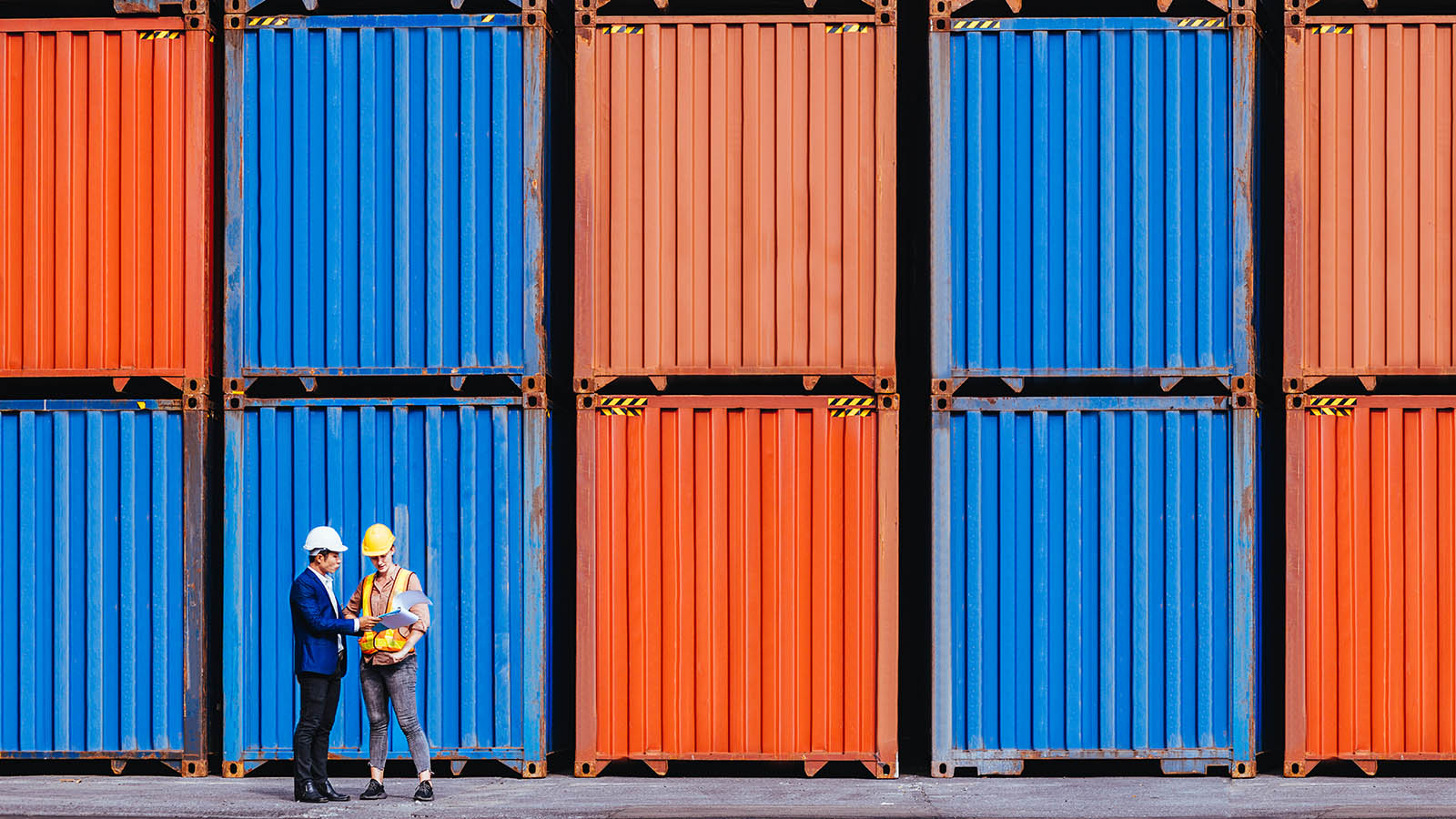The long (supply) chain that creates sustainability
Whether it’s a t-shirt, the latest smartphone, or a car: Sustainable products can only be manufactured if the ecological footprint of the entire supply chain passes the sustainability check. The challenge for global companies like AT&S lies in meeting countless requirements in the most diverse economic areas.
Helmut Spudich
Products such as smartphones or smart speakers are made from hundreds of raw materials and components. And it is not uncommon for these components, as the finished products, to travel all over the world. The pandemic has vividly demonstrated the vulnerability of these supply chains to lost production and long waiting times. Yet global supply chains for electronic devices and components are the rule, not the exception.
Therefore, when developing sustainable products, this supply chain must also be sustainable down to the smallest supplier. From emissions to the use of chemicals and raw materials, regulatory requirements are increasing for all participants in this supply chain to reduce the ecological “footprint”. The reduction of CO2 emissions, one of the biggest factors in climate change, in production and transport is just one factor. Many raw materials and chemicals are used in the production of semiconductors and other electronic components, which can lead to high environmental pollution.
“As a supplier of central electronic components, we face two requirements,” explains Thomas Rossmann, who is responsible at AT&S for the implementation of the EU chemicals directives REACH and RoHS. “On the one hand, we have to meet all legal requirements for substance lists not only in the EU but also in Asia and all other regions in which we operate. On the other hand, large customers, in particular, have their substance restriction lists, some of which go far beyond what legislations still allow.” Many customers are now complying with the stricter guidelines they have imposed themselves, says Rossmann. In doing so, they are following the increasing green pressure from consumers and environmental protection organizations.
Databases to document each component of every product
In the EU, REACH and RoHS are the two cornerstones of protecting people and the environment from harmful chemicals. One – RoHS, Restriction of Hazardous Substances — records hazardous substances and controls the handling and the extent of permissible exposure, from the production process through the finished products to disposal. The other – REACH, Registration, Evaluation, Authorization, and Restriction of Chemicals — obliges companies to strictly regulated processes and detailed documentation to meet the standards set by RoHS, which must be continuously improved.
“Basic materials are bought in for production. To do this, we have to know everything there is to know about the substances, what properties they have, what is prohibited, and we have to evaluate this with our suppliers to meet the respective legal requirements,” says Rossmann. This would be impossible without software and databases: “We keep a legal register in which we bring together the provisions for hundreds of substances in dozens of countries and regions around the world with different legal regulations.” This also makes it possible to offer customers alternatives if they want to go beyond legal requirements.
Rossmann explains the complexity of the different specifications around the world using a provision that is only valid in California, which is known as “California Proposition 65” — the “Safe Drinking Water and Toxic Enforcement Act”. This law, passed in 1986, is intended to protect drinking water from harmful substances, especially carcinogenic substances. Based on the “CP65”, Californian authorities keep continuously updated lists of substances to which manufacturers or sellers of products are bound if they do business in California. “Even if we produce in Europe, we have to keep an eye on these regulations. Our customers request the corresponding confirmations from us. This is also part of our contracts and our internal databases show exactly which confirmations customers must receive together with the printed circuit boards supplied. ”
Energy from renewable sources
AT&S will supply new high-tech plant in Kulim, Malaysia, with solar energy from NUR Power
In the energy sector, global corporations are already making significant demands on their entire supply chain. Microsoft and Apple, among others, declared last year that their products should be “carbon neutral” across the entire supply chain by 2030 – i.e. produced CO2-free. Where emissions continue to occur in this process, compensation through decarbonization must be provided for. AT&S has set itself the goal of covering at least four-fifths of its energy requirements from renewable energies by 2025 and of completely dispensing with fossil fuels by 2030.
Corporate commitments to sustainability and environmental responsibility are also growing in the use of raw materials and chemicals — a focal point of debate among manufacturers and environmental NGOs for many years. For example, Apple has declared that it is increasingly extracting raw materials such as aluminum, copper, tin, rare earths, and cobalt from the recycling of electronic devices, thus reducing mining in crisis and war zones. The Dutch social enterprise Fairphone wants to be a role model for sustainability in the use of raw materials with its smartphone of the same name. This also included, in cooperation with AT&S, the use of gold from sustainably operated mines in its “Fairphone 2”.
Whether for emissions, raw materials, or components used, the difficulty in establishing a sustainable supply chain is that “everyone in the chain uses a different basis for calculation and the ecological impact cannot currently be reported holistically,” says Rossmann. “Our ambitious goal is to be able to provide a lifecycle assessment for all of our products, which can provide an accurate evaluation of every single part installed”, showing the ecological footprint over the entire service life of even the smallest components. Only then would the impact of a product be recorded from the beginning as a raw material to its end in recycling — or worse: in the landfill.
Share post:




